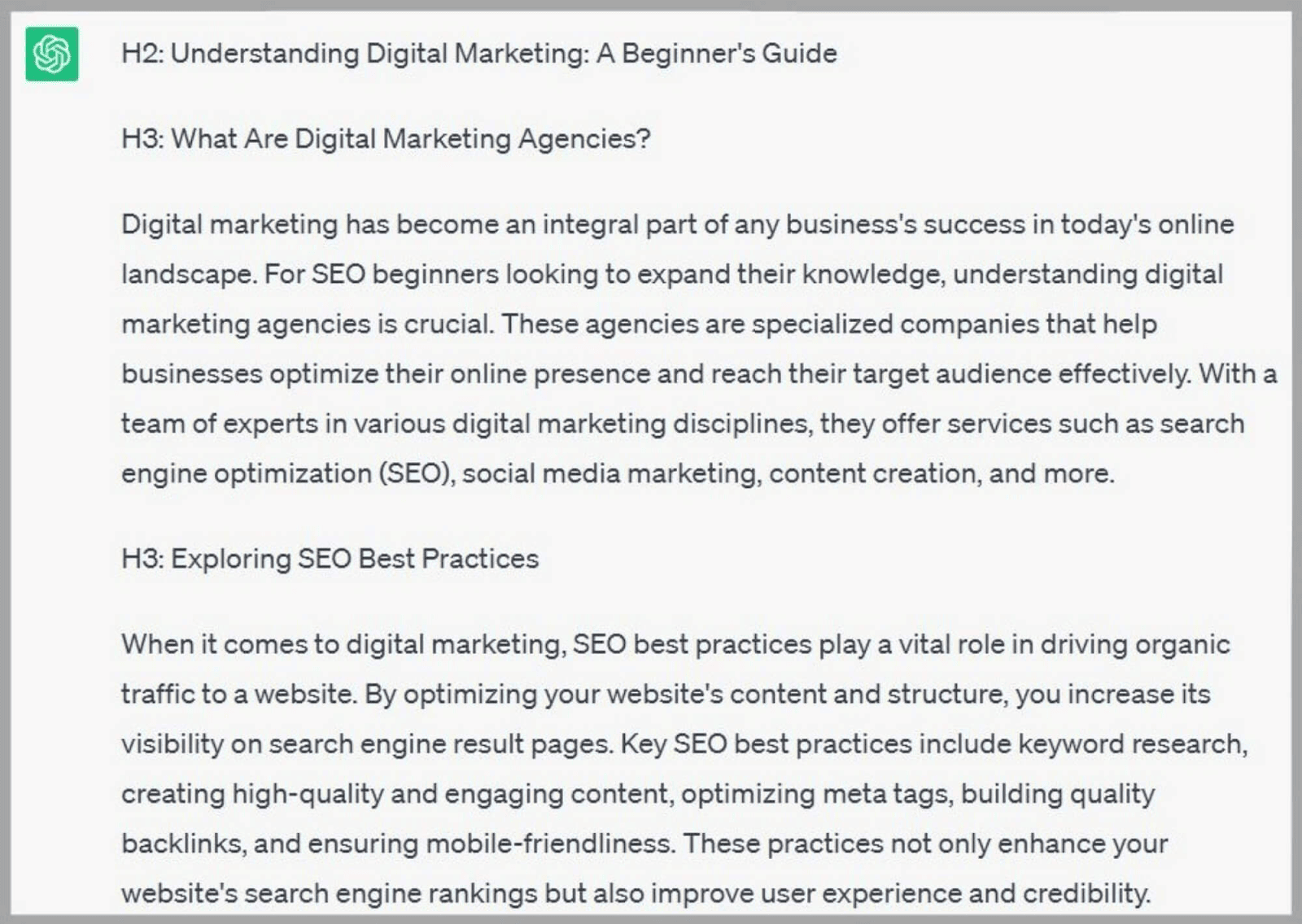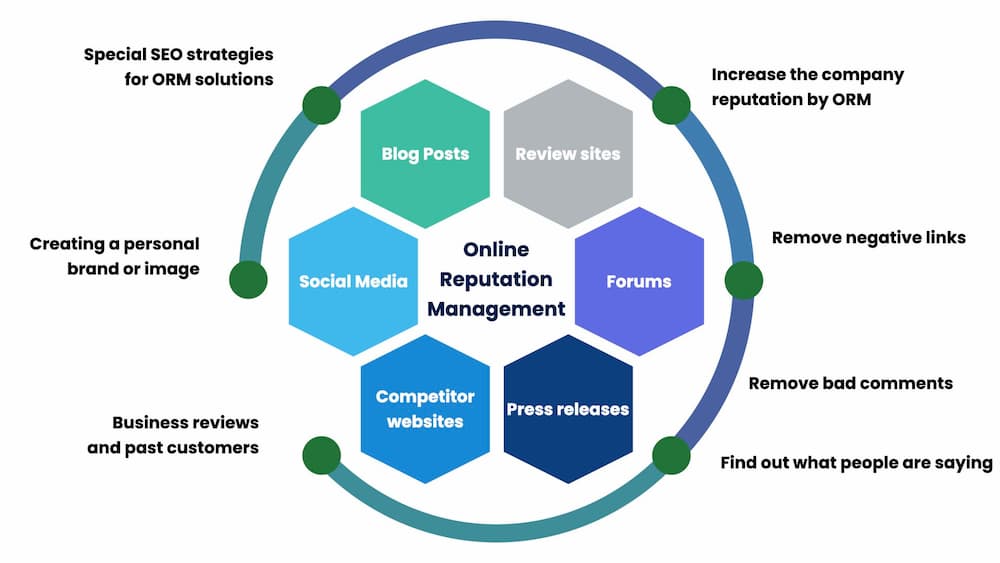Comprehensive Overview to What Is Not Considered a Default Medium in Google Analytics
Comprehensive Overview to What Is Not Considered a Default Medium in Google Analytics
Blog Article
Thinking Outside the Box: Leveraging Unconventional Mediums to Maximize Google Analytics Performance
In the world of digital marketing, the pursuit for boosted Google Analytics performance has come to be a critical important for companies seeking to refine their on the internet existence. Conventional methods commonly fall brief in recording the full range of customer interactions and habits. By discovering unique mediums as avenues of data collection, a new world of possibilities emerges. These undiscovered areas offer a wealth of untapped understandings that could possibly change the method we comprehend and maximize our digital strategies.
One-of-a-kind Data Sources

CRM systems, for instance, can provide insights into specific client communications, acquisition background, and choices, which can be incorporated with Google Analytics data to create even more customized advertising methods. Social media systems provide important data on customer demographics, passions, and interaction metrics, allowing services to determine the effectiveness of their social networks campaigns and maximize web content for better performance. Email advertising data, including open rates, click-through prices, and conversion metrics, can also be leveraged to track customer engagement and behavior beyond web site communications caught by Google Analytics. By leveraging these distinct information sources, services can fine-tune their approaches, boost targeting efforts, and enhance total Google Analytics efficiency.
Social Media Site Insights

Moreover, social networks analytics devices enable companies to track essential performance indicators, display campaign performance, and determine the effect of their online tasks. Recognizing the demographics of followers, recognizing popular web content motifs, and examining engagement degrees can aid organizations tailor their advertising approaches for far better outcomes.
Offline Marketing Assimilation
Incorporating offline marketing approaches with electronic analytics can improve general project performance and provide a more extensive understanding of consumer behavior. what is not considered a default medium in google analytics. By connecting the gap in between online and offline efforts, organizations can track the effect of typical marketing channels such as print ads, TV commercials, direct-mail advertising, and occasions on their online presence

Additionally, implementing telephone call tracking systems for offline advertising and marketing tasks enables companies to record beneficial information on client inquiries produced via printed products or promotions (what is not considered a default medium in google analytics). By analyzing telephone call information alongside on-line redirected here metrics in Google Analytics, organizations can gain much deeper understandings right into the customer trip and optimize marketing methods for improved efficiency throughout all networks
IoT and Wearable Modern Technology
Making use of IoT and wearable modern technology in digital analytics can transform data collection and customer insights for companies seeking a much deeper understanding of individual habits patterns. These cutting-edge innovations provide a smooth way to collect real-time information from different touchpoints. IoT devices can track individual communications with service or products, offering useful details on use patterns wikipedia reference and preferences. Wearable innovation, such as smartwatches or health and fitness trackers, can offer understandings right into individual tasks, health and wellness metrics, and also area information.
Gamification Techniques
The execution of gamification approaches in electronic analytics provides a cutting-edge strategy to boosting individual involvement and driving actionable understandings for organizations. By including game-like aspects such as points, badges, leaderboards, and compensates right into the analytics user interface, business can inspire customers to engage much more regularly and meaningfully with the data.
Gamification motivates customers to explore various features of the analytics system, uncovering valuable understandings that could have otherwise gone undetected. With interactive challenges and progress tracking, individuals are incentivized to dig much deeper into the information, bring about raised time invested on the system and a greater possibility of discovering crucial fads or patterns.
Additionally, gamification can foster a sense of competition among users, stimulating them to strive for higher performance and involvement levels. This competitive spirit can drive increased customer adoption rates and an extra comprehensive utilization of the analytics devices available. Inevitably, by leveraging gamification methods in digital analytics, services can produce a much more engaging and productive atmosphere for individuals, causing even more educated decision-making and improved total performance.
Final Thought
In final thought, leveraging non-traditional mediums such as unique information resources, social media insights, offline marketing assimilation, IoT and wearable technology, and gamification approaches can maximize Google Analytics efficiency. By believing outside the box and checking out these different resources of data, companies can gain beneficial understandings and enhance their general marketing approaches. It is essential for companies to continuously explore brand-new means to collect data and analyze it in order to remain in advance in the ever-evolving electronic landscape.
By integrating their explanation information from sources such as customer connection administration (CRM) systems, social media systems, and email advertising and marketing campaigns, businesses can obtain a more detailed understanding of their audience behavior and involvement patterns. Social media platforms supply beneficial information on customer demographics, interests, and involvement metrics, allowing companies to evaluate the performance of their social media campaigns and optimize content for much better efficiency. By leveraging these special information sources, organizations can refine their strategies, improve targeting initiatives, and improve total Google Analytics efficiency.
Discovering social media understandings can offer organizations with important information on customer demographics, interests, and engagement metrics, allowing for informed decision-making and critical optimization of advertising and marketing initiatives. By assuming outside the box and checking out these alternate sources of data, companies can obtain valuable understandings and improve their overall advertising strategies.
Report this page